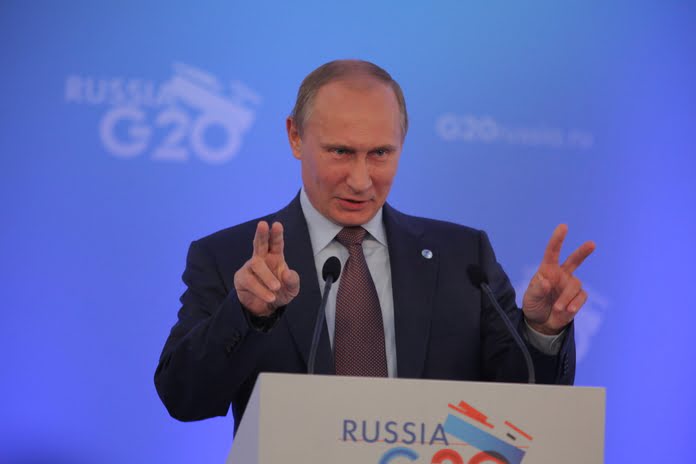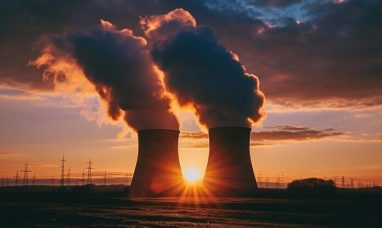The invasion of Ukraine by President Vladimir Putin set Russia’s economy back four years in the first full quarter following the attack, putting it on track for one of the longest recessions on record, albeit less severely than initially expected.
In a grim account of the fight for Russia, an economy that was gaining momentum at the beginning of the second quarter of 2022 contracted. According to the median projection of 12 analysts polled by Bloomberg, the gross domestic product would have contracted for the first time in more than a year, falling 4.7% annually. This will be the first decline in GDP in more than a year.
According to Bloomberg Economics, “The economy will shed four years of growth, returning to its 2018 size in the second quarter. We expect the contraction to slow into the fourth quarter with looser monetary policy supporting demand. Still, the economy will lose another 2% in 2023 as the European energy ban will depress export.”
International sanctions imposed in response to the war hindered trade, paralyzed industries such as automobile manufacturers, and froze consumer spending. Although the economy’s drop thus far has not been as severe as initially predicted, the central bank forecasts that it will worsen in the next quarters, hitting its lowest point in the first half of 2019.
Alexey Zabotkin, deputy governor of the Bank of Russia, stated at a conference in Moscow, The economy will move toward a new long-term balance. As the economy undergoes reorganization, growth will return. Capital controls and substantial increases in interest rates were implemented by the Bank of Russia to minimize market and ruble volatility. There is now sufficient tranquility to roll back many of these policies.
In recent months, fiscal stimulus and multiple rounds of monetary easing have also begun to take effect, mitigating the effects of international sanctions. Oil extraction has recovered, and household expenditure has shown signs of stabilization. According to Evgeny Suvorov, the chief Russian economist of CentroCredit Bank, the trajectory of the crisis is quite smooth.
Putin’s Economy Predictions
The Central Bank released a draft of its policy forecast for the next three years on Friday, anticipating that the economy will not recover to its potential growth rate of 1.5%-2.5% until 2025. The bank’s predictions for 2022-2024 remained unchanged, with the GDP expected to contract by 4-6% this year and 1%-4% next year.
The research also includes a so-called risk scenario in which global economic conditions worsen and new restrictions are imposed on Russian exports. If this occurs, next year’s economic downturn in Russia could be worse than during the global financial crisis of 2009, and growth would not begin until 2025.
Until far, the response of the authorities has secured a gentler landing for an economy that economists had predicted would collapse by 10% in the second quarter. Since then, economists from banks like JPMorgan Chase & Co. (NYSE:JPM) and Citigroup Inc. have revised their forecasts and now anticipate a 3.5% decline in annual output.
Despite this, the Bank of Russia forecasts that GDP will contract by 7% in the current quarter and possibly more in the final three months of the year. The economy is estimated to have declined 4.3% in the second quarter.
The dispute over energy exports to Europe introduces new economic dangers. Monthly decreases in oil production will begin as early as August, according to the International Energy Agency, which forecasts that Russia’s crude production will decline by around 20% by the beginning of the following year.
Featured Image: Megapixl @Mariaoleinokova















